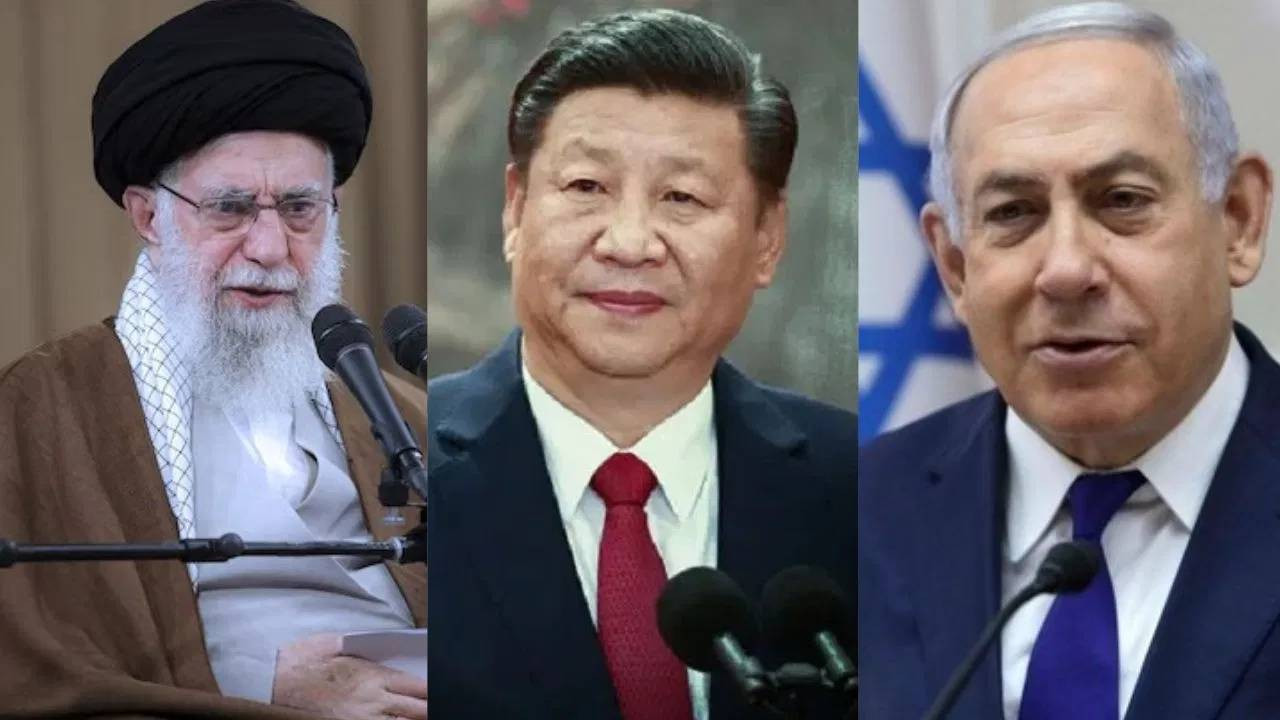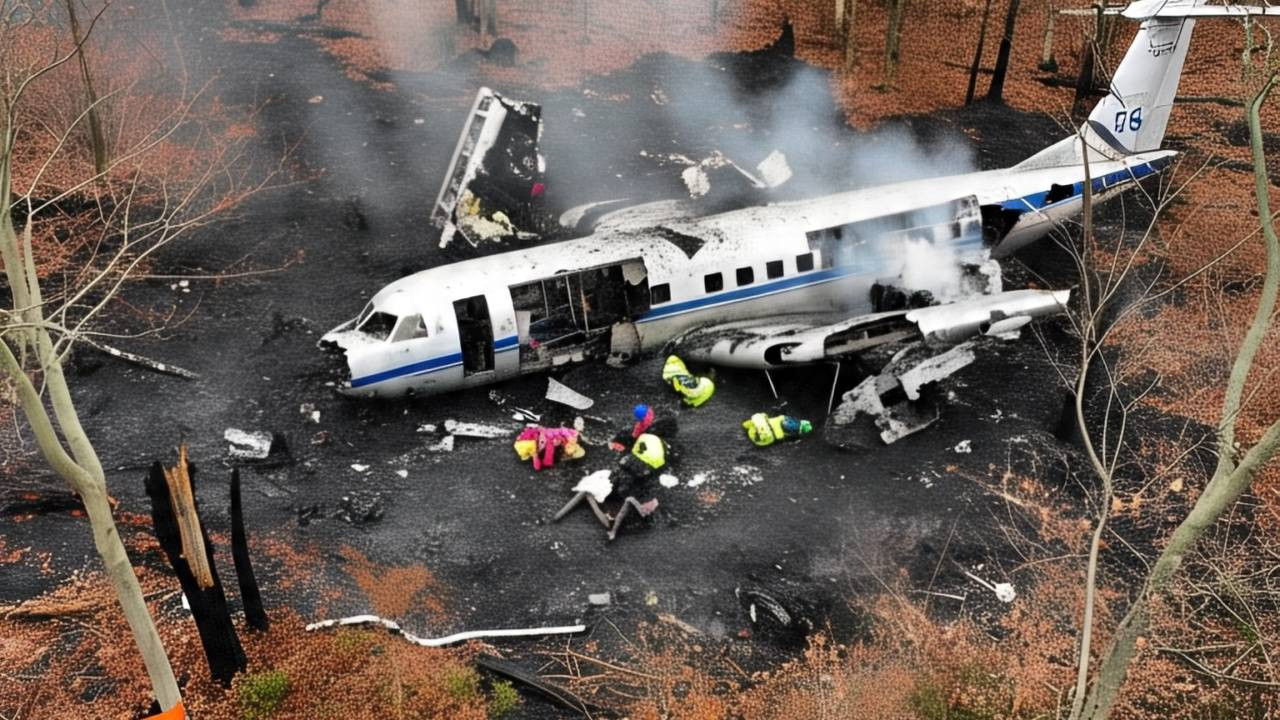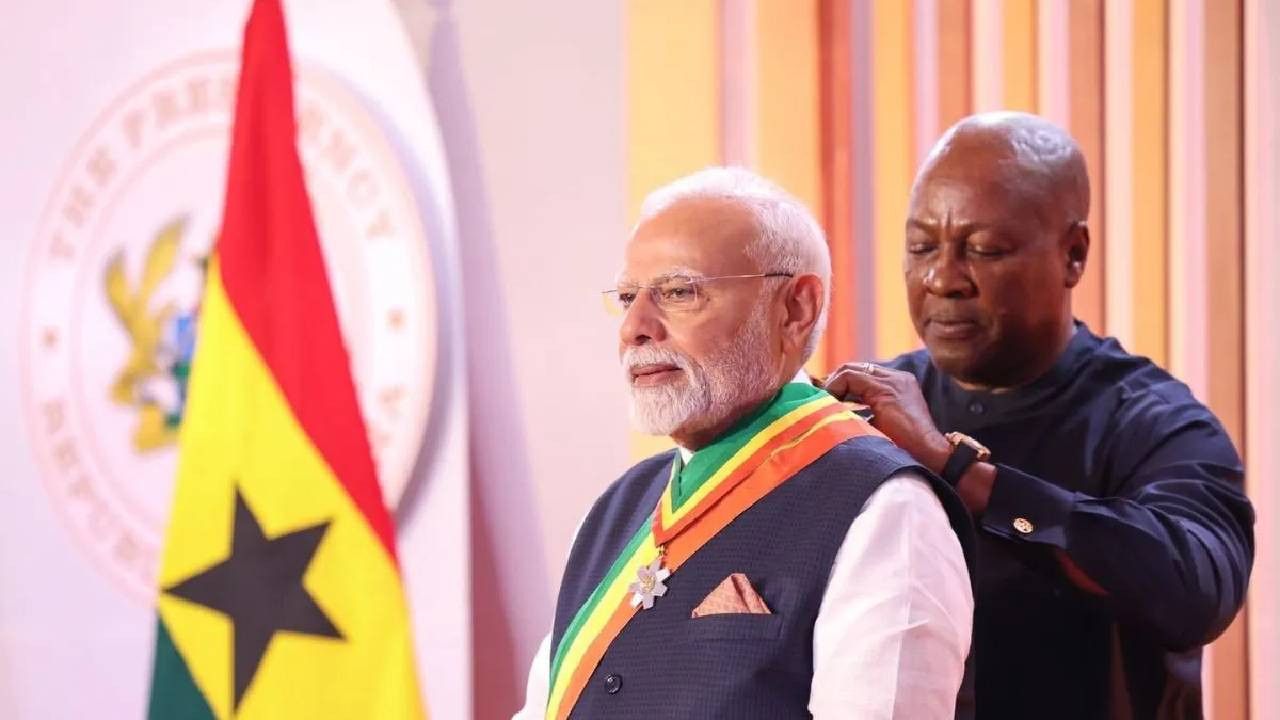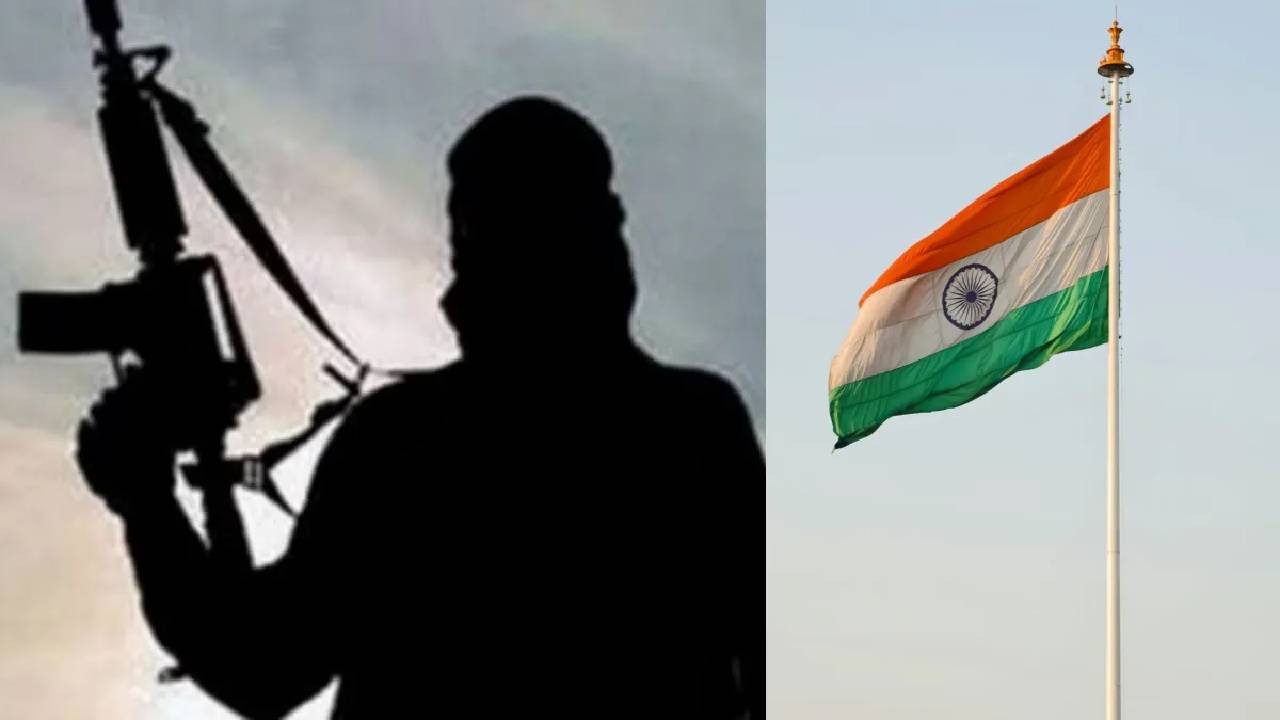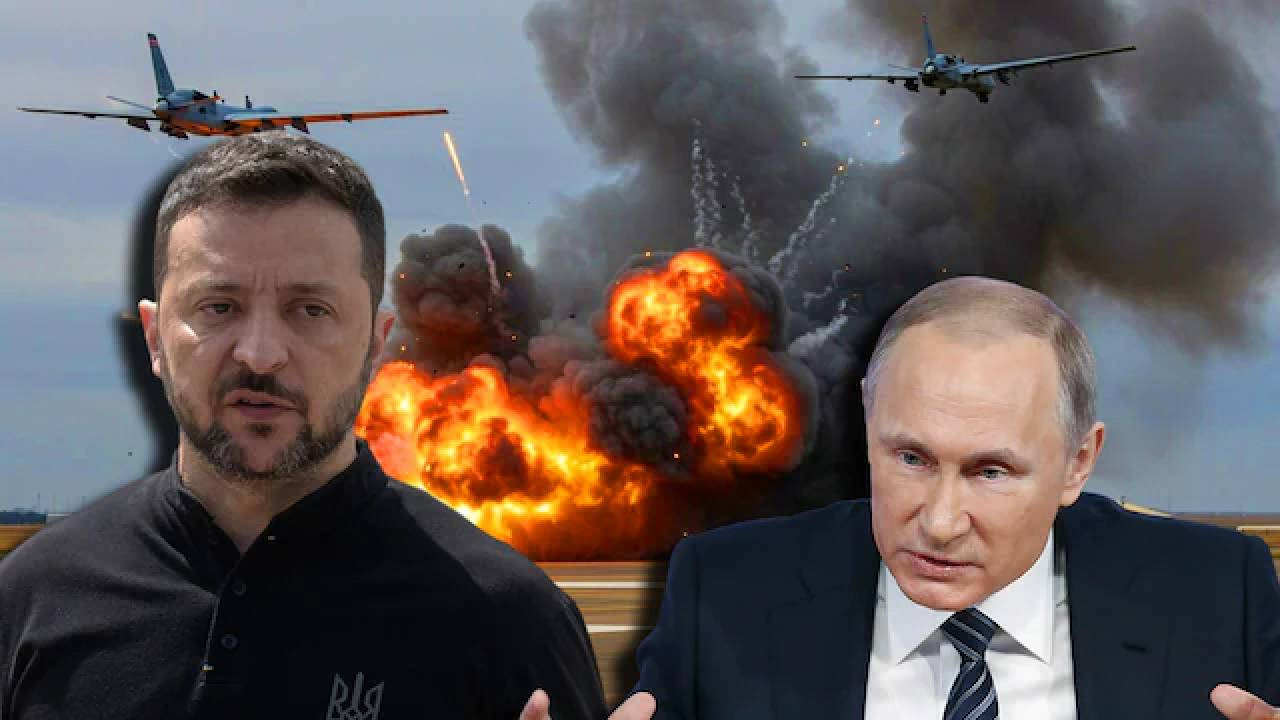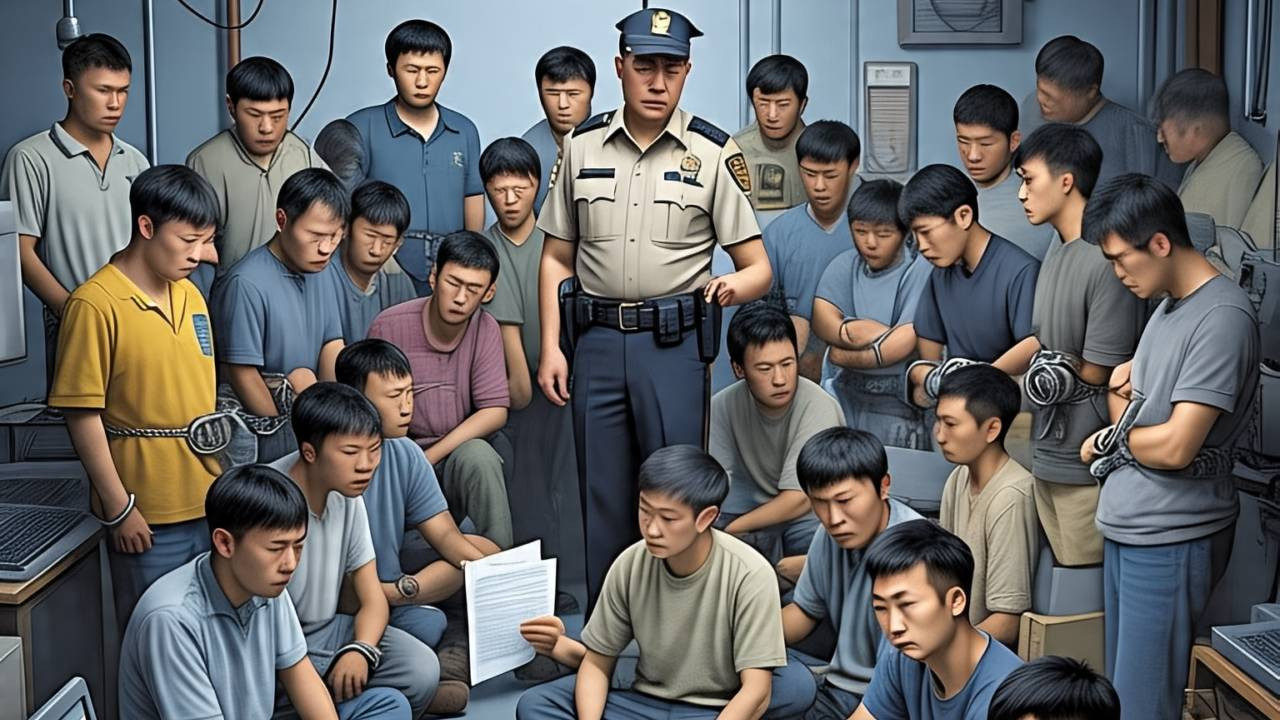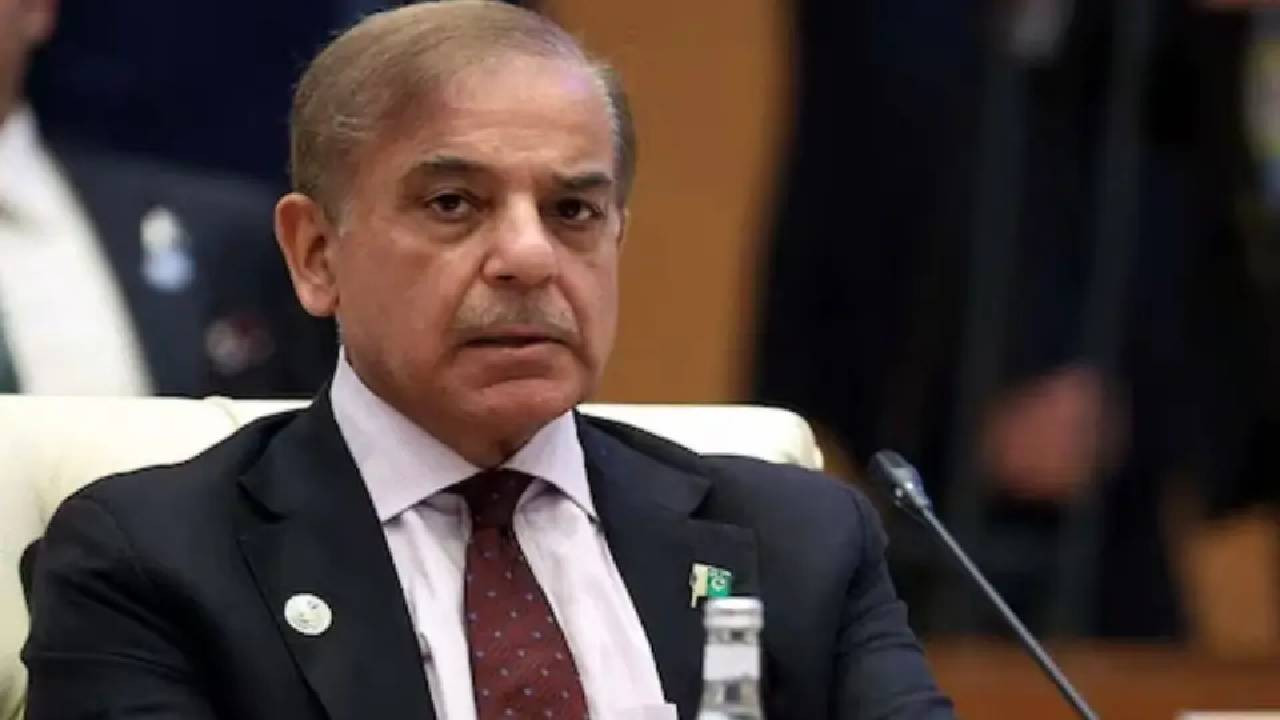International News: In a stunning geopolitical shift, China is finalizing a long-delayed deal to supply Iran with 4.5-generation J-10 fighter jets. The move comes as ceasefire tensions with Israel escalate and Iran faces mounting regional threats. The renewed deal signals China's deepening footprint in West Asia, and gives Tehran access to airpower capable of directly challenging Israeli dominance. Sources indicate this transfer could be a game-changer in Tehran’s defense doctrine. China, seen previously as a diplomatic spectator in the region, now emerges as an active enabler. The aircraft are expected to arrive in phases over the next few months.
A Deal Reignited After Years
The Iran-China fighter jet deal was originally conceptualized in 2015 but stalled over payment disputes and international sanctions. At the time, Iran proposed oil and gas as barter, while China insisted on U.S. dollar transactions. As sanctions tightened, the deal was shelved, and Iran turned to Russia for Su-35 jets. However, Russia only delivered four out of 150 promised aircraft before the agreement collapsed. Disillusioned with Moscow, Tehran returned to the table with Beijing. This time, with shifting global alliances, both sides are more eager than ever.
Israel-Iran Truce Near Collapse
The recent surge in cross-border hostility suggests the fragile Israel-Iran ceasefire is nearing a breakdown. Iran claims it has endured sustained attacks over the past three days, though Israel officially denies involvement. Yet, military analysts believe Israel’s deep-state proxies are escalating low-intensity conflict. Tehran, meanwhile, has warned that another breach would lead to a full-scale regional war. With U.S. backing firmly behind Israel, Iran sees China’s support as essential to leveling the battlefield—both in airspace and in geopolitics.
Digital Payment Blocked the Deal
The original collapse of the fighter jet agreement highlights the sanctions-induced financial isolation Iran faces. Unable to pay in dollars, Tehran had proposed energy exports as payment—a model China was reluctant to accept a decade ago. But with the emergence of new digital payment routes and cryptocurrency channels, reports suggest both sides are creatively navigating payment obstacles. Insiders reveal Iran may be offering strategic access to ports and telecom infrastructure as partial barter.
Proxy War Looms Large Now
Iran is preparing for a hybrid war that goes beyond direct confrontation. Tehran is activating proxy forces across Iraq, Syria, and Lebanon to launch simultaneous strikes on U.S. and Israeli assets. Military intelligence suggests missile systems have been moved closer to borders, while sleeper cells await green signals. The plan: create a multi-front distraction while Iran strengthens its own defense. This is not just retaliation—it’s strategic redirection.
Religious Diplomacy in Play
Iran’s foreign strategy now fuses diplomacy with religious messaging, targeting regional sympathy. Tehran’s foreign minister has submitted official damage claims to the UN, blaming the U.S. and Israel. At the same time, Iranian clerics are mobilizing sermons across Arab nations, projecting the conflict as a religious defense. This ideological angle is designed to stir public unrest in pro-Western Gulf states. For Iran, jihad and diplomacy now walk hand-in-hand.
Netanyahu Heads to Washington
As Iran prepares for conflict, Israeli Prime Minister Benjamin Netanyahu is scheduled to visit Washington on July 7. The agenda reportedly includes finalizing joint-strike protocols and defense coordination. While the Biden administration remains silent, former President Trump has suggested backchannel talks could still bring Iran to the negotiating table. However, with Chinese jets entering the scene, diplomacy may soon give way to dogfights in the skies.


